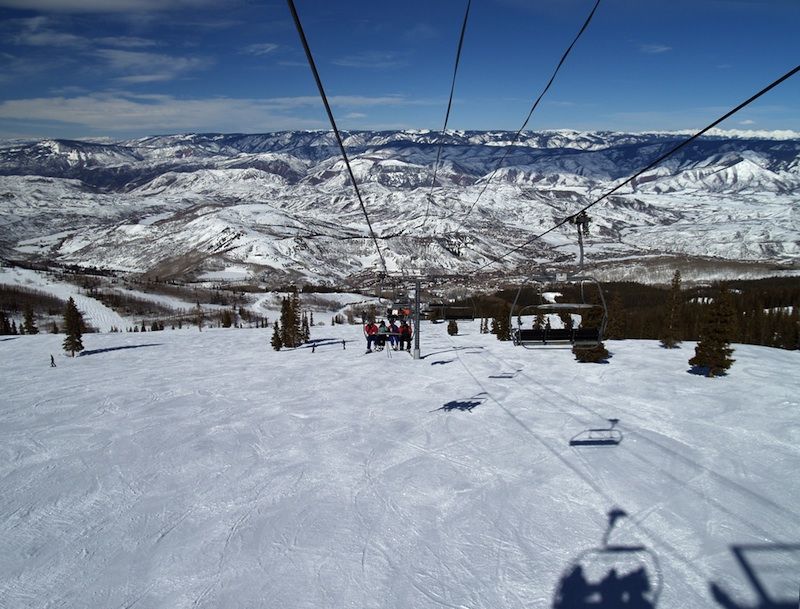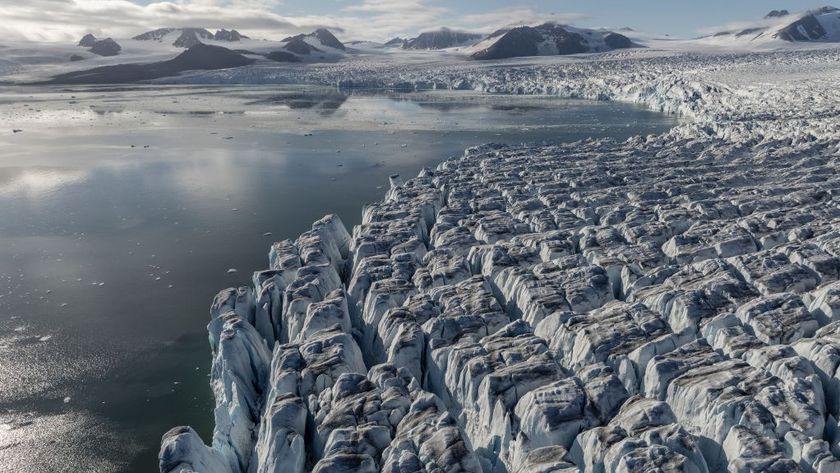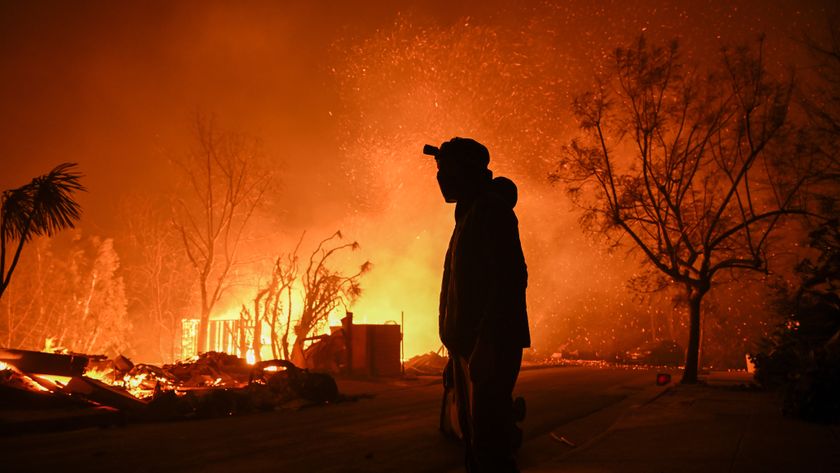Global Warming Gives Ski Industry Chills

A number of industries, from agriculture to insurance, are taking a cold, hard look at global warming's potentially devastating impacts. Now one more group is taking to the mountaintops to express concern about climate change: the ski industry.
Skiers, snowboarders and other winter sports enthusiasts have banded together to form Protect Our Winters, or POW. The group recently traveled to Washington to urge congressional leaders to take decisive action that would help fight global warming, like supporting clean-energy initiatives.
POW and the Natural Resources Defense Council have issued a report, "Climate Impacts on the Winter Tourism Economy in the United States," detailing the numerous effects that global warming is expected to have on the $12.2 billion U.S.ski and snowmobile winter sports industry, which supports an estimated 211,900 jobs nationwide.
"Winter as we know it is on borrowed time," Elizabeth Burakowski, a co-author of the POW/NRDC report, told The New York Times. The 2011/2012 winter season was the fourth-warmest on record since 1896 and had the third-lowest snow cover since record-keeping began in 1966.
"Winter temperatures are projected to warm an additional 4 to 10 degrees Fahrenheit by the end of the century, with subsequent decreases in snow cover area, snowfall, and shorter snow season. Snow depths could decline in the west by 25 to 100 percent. The length of the snow season in the northeast will be cut in half. All of this translates into less snow and fewer people on the slopes," the authors write in the report.
Follow LiveScience on Twitter @livescience. We're also on Facebook & Google+.
Sign up for the Live Science daily newsletter now
Get the world’s most fascinating discoveries delivered straight to your inbox.

Most Popular





